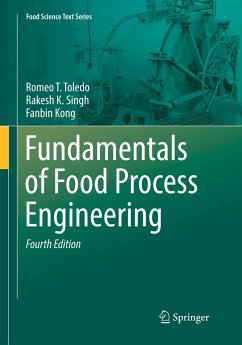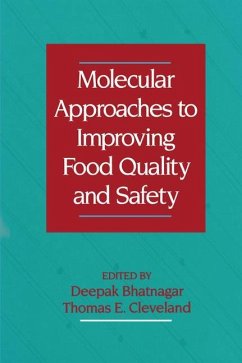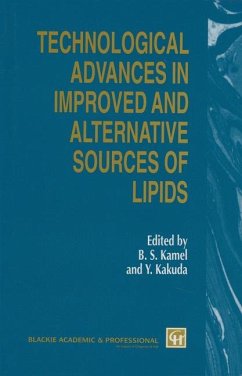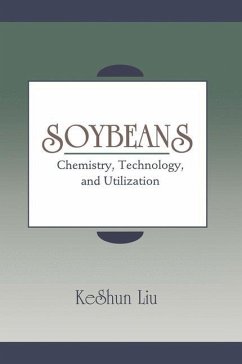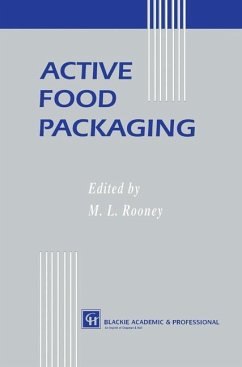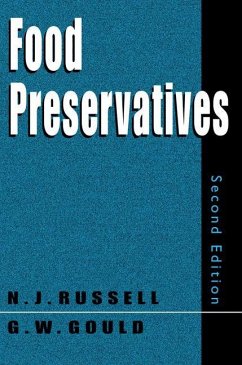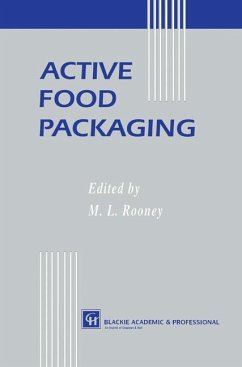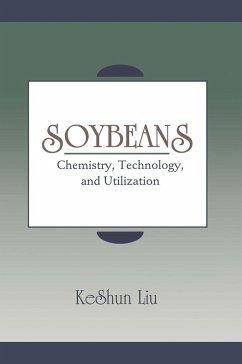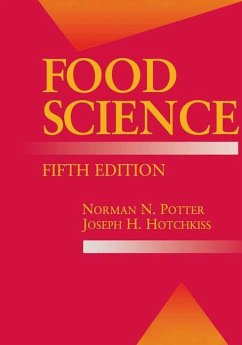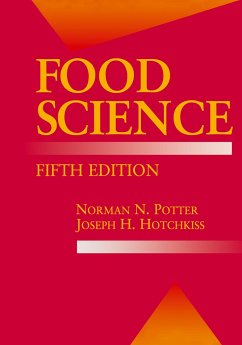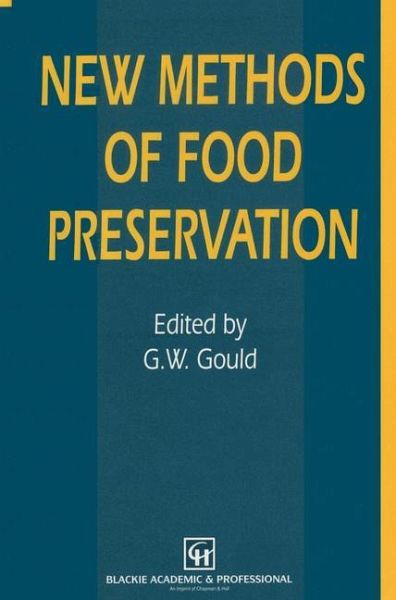
New Methods of Food Preservation

PAYBACK Punkte
20 °P sammeln!
The majO.r techniques emplO.yed fO.r fO.O.d preservatiO.n have a 100ng histo'ry O.f use. They include chilling; freezing; drying; curing; cO.nserving; fer menting O.r O.therwise acidifying; the additiO.n O.f preservatives; heat pasteurisatiO.n and sterilisatiO.n. Newer techniques mO.re-O.r-less derived frO.m these traditiO.nal proce dures include the successful applicatiO.n O.f cO.mbinatiO.n. preservatiO.n O.r 'hurdle' methO.ds, vacuum- and mO.dified atmO.sphere-packaging, and cO.ntinuO.us sterilisatiO.n cO.upled to' aseptic packaging. More innO.vative techniques, such as the use O.f iO.nising...
The majO.r techniques emplO.yed fO.r fO.O.d preservatiO.n have a 100ng histo'ry O.f use. They include chilling; freezing; drying; curing; cO.nserving; fer menting O.r O.therwise acidifying; the additiO.n O.f preservatives; heat pasteurisatiO.n and sterilisatiO.n. Newer techniques mO.re-O.r-less derived frO.m these traditiO.nal proce dures include the successful applicatiO.n O.f cO.mbinatiO.n. preservatiO.n O.r 'hurdle' methO.ds, vacuum- and mO.dified atmO.sphere-packaging, and cO.ntinuO.us sterilisatiO.n cO.upled to' aseptic packaging. More innO.vative techniques, such as the use O.f iO.nising radiatiO.n, are increasingly being emplO.yed. At the same time, there is a reawakening O.f interest in even mO.re radical apprO.aches. The reaSO.ns fO.r this derive principally from cO.nsumers' requirements fO.r fO.O.ds that are higher in quality, so. less severely prO.ces sed; mO.re natural, so. less heavily preserved; nutritiO.nally healthier, so. cO.ntaining less salts, sugars and fats; and, with respect to' fO.O.d pO.isO.ning, with retained, O.r preferably improved, assurance O.f safety.





